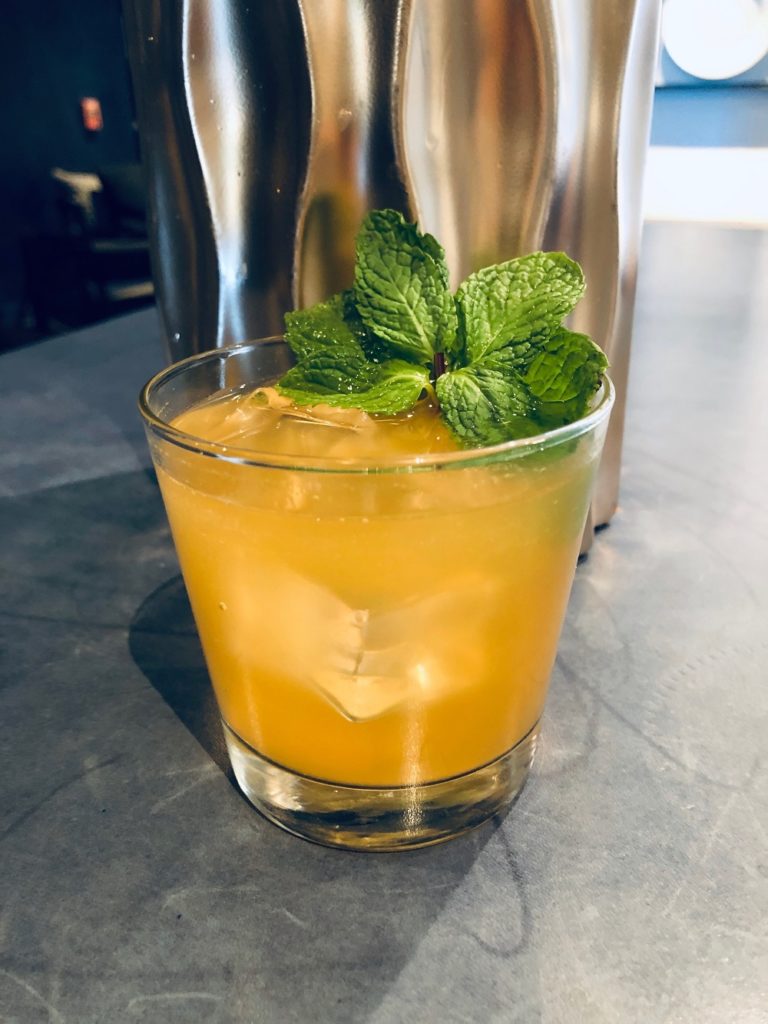
Shake it Up with Our Low-Waste Mixology Tips and Cocktail Recipe
Mixology
Recipes
Sustainability
Sustainability has become a trend in the food and beverage world, and not soon enough. The amount of waste produced in bars and restaurants is staggering; this encompasses everything from cooked food, to food scraps, to napkins and straws. And while it’s almost impossible to run a completely zero-waste establishment, there are many things that can be done to help substantially lower the impact. Especially when it comes to beverages.
So whether you’re writing a large-scale cocktail menu or bartending at home, here are a few tips that can help reduce waste, without sacrificing taste or creativity.
Citrus
You can’t make a balanced cocktail without a little acidity, and lemons and limes tend to be the easiest way to incorporate it. But, unfortunately, these same fruits create some of the most waste; after juicing or using peels for garnish, the bulk of the fruit is often discarded. So next time you’re making a margarita with freshly squeezed lime juice, try the following:
- Peel your citrus before squeezing. This will produce the greatest amount of juice.
- Use the pulp to make a flavored simple syrup. Boil the citrus pulp with sugar and water for about 5 minutes, making sure sugar is dissolved. Strain through cheesecloth at least twice, store in a lidded container, refrigerate for up to two weeks.
- Use the discarded peels to make oleo saccharum, which is a natural syrup.
- Consider an acidic substitute. Tomatoes, green apples, and even celery can add the perfect acidic component to your favorite cocktails.
Peels, Rinds, and Oleo Saccharum
Oleo saccharum is a syrupy oil derived from the essential oils found in citrus peels. It’s easy to make, and is an incredibly versatile ingredient. It can be used to sweeten and flavor all manner of drinks, from cocktails and iced teas; it can also be a delicious addition to pancakes and desserts. Simply gather your citrus peels in a bowl, sprinkle them liberally with sugar, muddle slightly to work the sugar in to the peels, cover, and wait. Within a few hours you’ll begin to see a small amount of liquid in your bowl, which is a product of the essential oils and sugar. Let sit for up to 24 hours, and when finished you should have a fair amount of delicious oleo saccharum to use however you wish. Make sure to refrigerate, lasts up to a week.
And don’t just stop at orange peels! All types of fruits contain flavor in their peels and rinds. Try making an oleo using watermelon rinds or strawberry tops. Also, play around with different types of sugar to see how they interact with the flavors of the fruit. It’s a great way to not only lower food waste, but to think outside the box in terms of incorporating balance and flavor into your drinks.
Ready to take your first step towards no waste cocktails? Try the recipe below!
Free Melon!
1.25 oz white or dark rum
.75 oz fresh cantaloupe juice
.5 oz freshly squeezed orange juice
.5 oz melon-citrus oleo saccharum
Mint
Splash of lemon or lime juice
Muddle 3-4 mint leaves in bottom of shaker. Add rum, juices, and homemade oleo saccharum. Shake with ice; strain into rocks glass; add ice. Garnish with fresh mint sprig or melon slice. Enjoy your low-waste cocktail!